
How do you choose the right car navigation?
Size
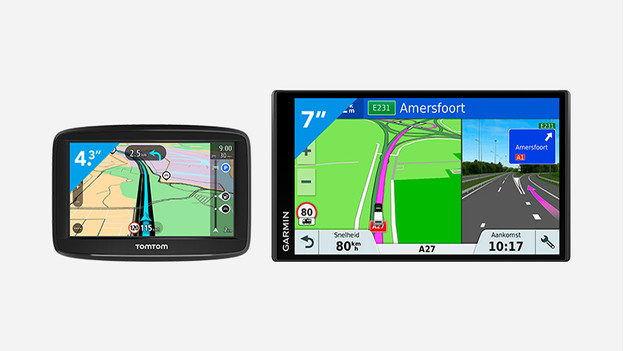
Car navigation comes in many different sizes. You'll see many details on a larger device with screen of 6 or 7 inches. It's easier to look through the windshield with a smaller device with a screen of 4.3 or 5 inches. Do you have a small car? A navigation system of 4.3 or 5 inches will fit well. Do you drive a large car, camper, or truck? A camper navigation screen of 6 or 7 inches is useful. Some navigation systems have an anti-glare layer on the screen, a night mode, or a zoom function. This way, you can hit the road well-prepared day and night.
Type of vehicle
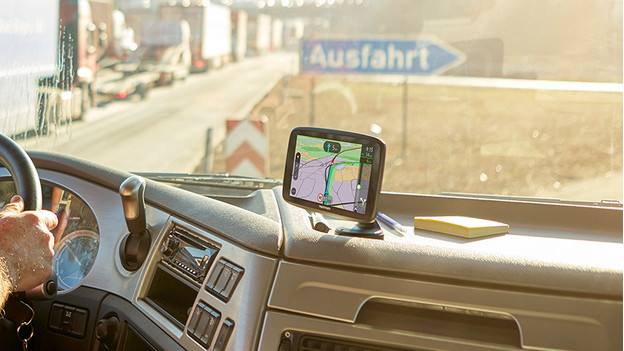
Navigation systems are suitable for a specific types of vehicles. For example, a system for caravans, campers, or trucks has an extra function that indicates how big your vehicle is exactly. As a result, the system won't lead you along small, winding roads, or tunnels that your vehicle doesn't fit through. These systems do often have an extra option that lets you use them in passenger cars.
Map coverage and map updates

Before you purchase anything, it's good to think about what you'll use the navigation system for. There are different maps available for car navigation systems. Usually, these are maps of Western Europe or Europe in its entirety. Are you traveling outside of Europe? Make sure you choose a navigation system with a worldwide map coverage, or a system with expandable maps. Sometimes, you need an extra SD card to expand maps. Also keep in mind the map updates, since the road network changes all the time. Sometimes these updates are free, sometimes you need a subscription to update your maps.
Connecting with smartphone and hands-free calls
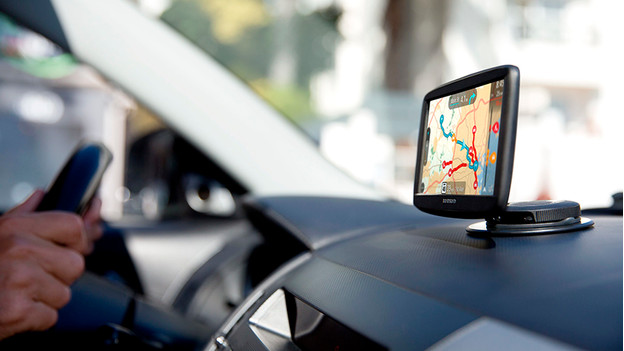
There are navigation systems you can connect to your smartphone via Bluetooth. These display incoming calls, messages, and notifications from your smartphone on the navigation screen. That means you can keep your hands on the wheel. Getting a call? You can answer via the screen of your navigation system and call hands-free. Handy if you want to make business calls on the go. Do you really want to go all-out? Choose a navigation system with voice controls. This way, you can state your destination while driving and the navigation system will react.
Points of interest and uploading routes
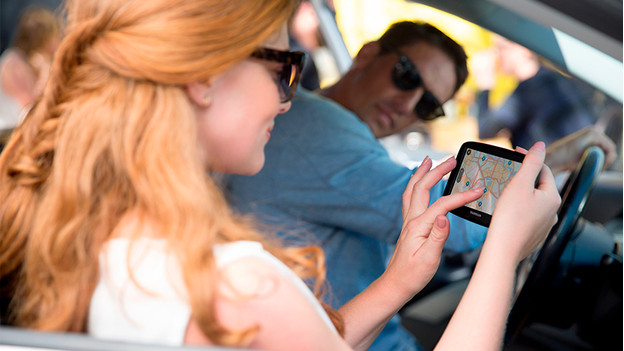
Some systems show points of interest, like gas stations, restaurants, or parking spots. Sometimes, you can even see the TripAdvisor reviews. There is also a function that lets you upload a route beforehand. You can set up waypoints on your PC and upload the route to your device. This way, you'll know in advance exactly what route you'll take.
Integrated dash cam
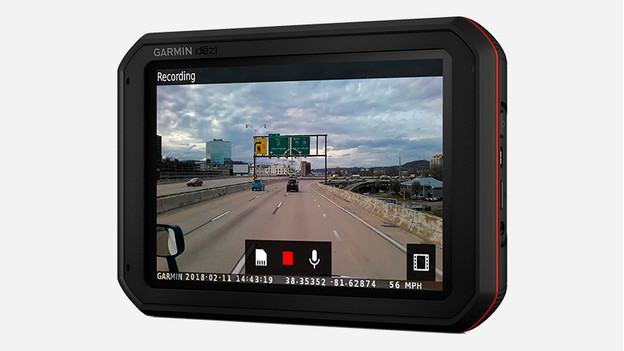
A built-in dash cam is a fairly unique feature. You'll only find this feature on the more luxurious navigation systems. A dash cam records what happens during the car ride. Are you unexpectedly involved in a traffic accident? The dash cam records the event, so you can watch back what happened afterwards.
Receiving traffic information
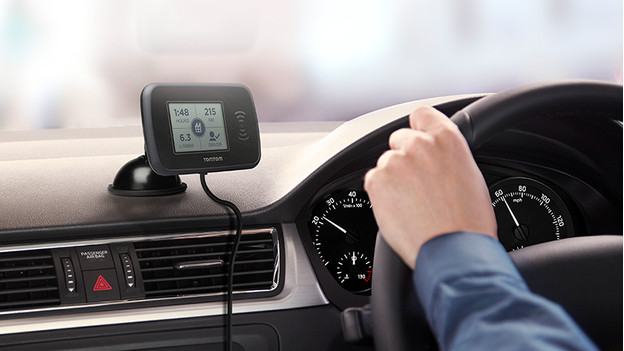
Many navigation systems provide traffic information, so you don't unexpectedly get caught in a traffic jam or get redirected. There are 4 different ways to receive traffic information. These are via digital radio (DAB+-TMC), via radio (RDS-TMC), via a built-in SIM card (GPRS), and via your smartphone (GPRS). You can learn all about the pros and cons of each receiver in the following article.



